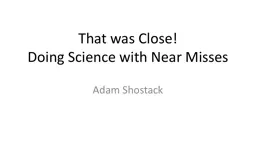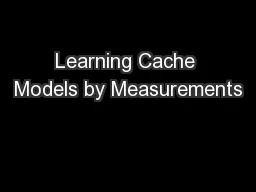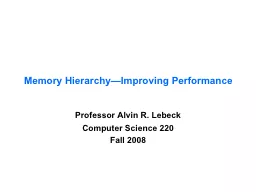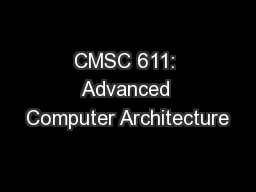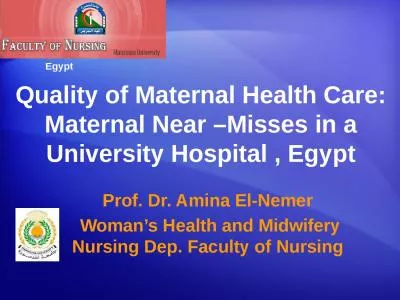PPT-That was Close! Doing Science with Near Misses
Author : kittie-lecroy | Published Date : 2018-11-09
Adam Shostack Key Takeaways Experiments are hard for many reasons Near misses open up new kinds of experiment Collecting data about near misses is complex 2 Outline
Presentation Embed Code
Download Presentation
Download Presentation The PPT/PDF document "That was Close! Doing Science with Near..." is the property of its rightful owner. Permission is granted to download and print the materials on this website for personal, non-commercial use only, and to display it on your personal computer provided you do not modify the materials and that you retain all copyright notices contained in the materials. By downloading content from our website, you accept the terms of this agreement.
That was Close! Doing Science with Near Misses: Transcript
Download Rules Of Document
"That was Close! Doing Science with Near Misses"The content belongs to its owner. You may download and print it for personal use, without modification, and keep all copyright notices. By downloading, you agree to these terms.
Related Documents

